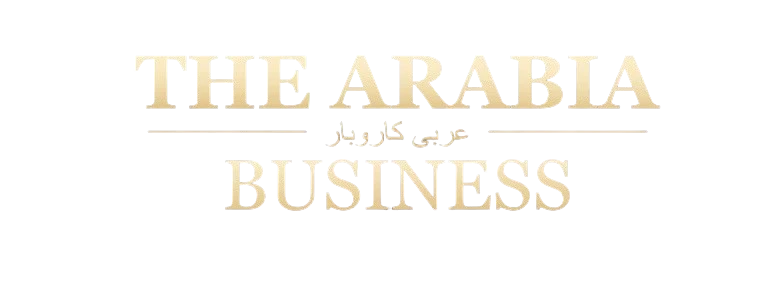
NEOM and The Line: Saudi Arabia’s Vision for the Future of Urban Living
Saudi Arabia is undertaking one of the most ambitious urban development projects the world has ever undertaken. Called NEOM, this $500 billion megaproject is intended to be a center of innovation, sustainability, and futuristic living. At the heart of NEOM is The Line—a linear city that rethinks the form of urban spaces in a manner that puts the environment, human health, and advanced technology first.
NEOM: Building a New World
Launched in 2017 as part of Saudi Arabia’s Vision 2030, NEOM is situated in the Tabuk Province in the northwestern part of the country, along the Red Sea. The project covers more than 26,000 square kilometers and is envisioned to be an international hub for business, technology, and sustainable living. NEOM is derived from the combination of the words “Neo” (new) and “M” (derived from Mustaqbal, which is the Arabic term for future), representing a new beginning for urban civilization. NEOM is not one city but a cluster of developments. These comprise Oxagon (an industrial metropolis), Trojena (a mountain resort), Sindalah (a luxury island), and its anchor—The Line.
The Line: A Radical Urban Concept
Revealed in January 2021 by Crown Prince Mohammed bin Salman, The Line is arguably the most groundbreaking component of NEOM. It is designed as a 170-kilometer-long, 500-meter-high, and 200-meter-wide linear city that will have a maximum population of nine million people. In contrast to conventional cities that grow horizontally, The Line travels in a straight line across the desert and mountains, flanked by two parallel mirrored skyscrapers. The city will be emission-free, road-free, and car-free. All that citizens require—entertainment, shopping, parks, schools, and work—will be within a five-minute walking distance. End-to-end travel in 20 minutes will be facilitated by a high-speed rail system that runs under the city.
Sustainability at the Heart
Sustainability is central to the design of NEOM. The Line is anticipated to be powered 100% by renewable energy sources such as solar, wind, and green hydrogen. The dense urban footprint is designed to preserve 95% of the natural surroundings, significantly limiting the effects of urban sprawl. The city will employ sophisticated technologies like vertical farming, smart water networks, and AI-powered infrastructure management to facilitate sustainable living. By integrating smart design with renewable energy and nature preservation, The Line hopes to redefine the standards for environmentally sensitive urban planning.
AI and the Future of City Life
One of The Line’s greatest innovations is that it incorporates artificial intelligence into people’s everyday lives. AI technologies will track and analyze information to better utilize energy consumption, traffic management, healthcare, education, and other city functions in real time. This will be designed to provide a harmonious living environment where services get ahead of what residents need. Beneath the surface of The Line is “The Spine,” an infrastructure corridor that will hold transport modes, utilities, and service centers. This concealed layer will allow the surface to be fully committed to people and greenery.
Construction Progress and Challenges
As of late 2024, significant building is underway, including excavation for foundations along the entire length of the Line. A huge concrete factory generates tens of thousands of cubic meters of material each day. That being said, there is a suggestion that only part of the project will be finished by 2030. There are substantial challenges. Financial pressures, including declining oil prices, might affect Saudi Arabia’s capacity to fund the whole project on time. Critics also doubt the feasibility of bringing millions to live in such a small, unconventional habitat.
Ethical and Social Concerns
The project has sparked controversy, particularly over the displacement of local tribes and concerns over surveillance in a highly digitized city. Environmentalists have also raised questions about the long-term ecological effects of such a massive construction project despite its sustainability goals.
Other Developments within NEOM
Beyond the Line, NEOM has Sindalah, a high-end island resort that opened in 2024 and comprises hotels, marinas, and leisure amenities targeting high-end tourism. Aquellum is another ambitious initiative, revealed early in 2024, and it will be an underground city carved into a mountain and reached via a hidden water tunnel. Both projects reflect NEOM’s fusion of futuristic architecture and experiential design.
Conclusion
NEOM and The Line are Saudi Arabia’s ambitious bid to reimagine the future of city life. With sweeping promises of sustainability, technology, and human-scale design, it might become a model for next-generation cities around the world. But the project’s long-term success will hinge on its capacity to overcome economic, environmental, and ethical challenges. If it succeeds, NEOM might redefine the way cities are constructed—and inhabited—for centuries to come.






